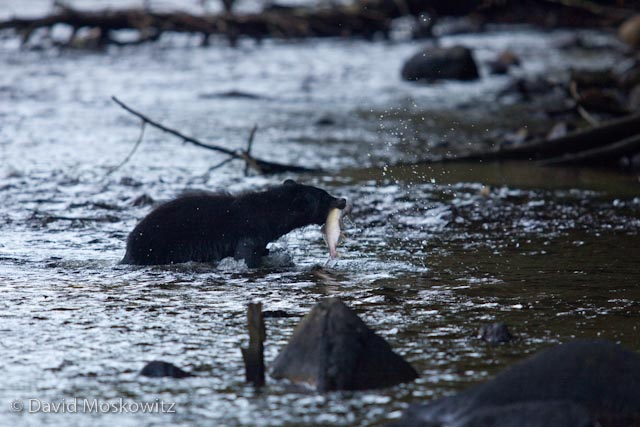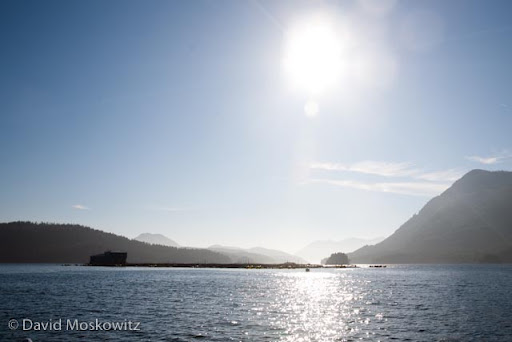This spring I spent a week out in the field with several colleagues from Cybertracker Conservation honing our tracking and trailing skills following the trails of black bears on the western slope of the North Cascades. I put together a brief video describing the art of trailing and documenting some of what we discovered on our adventures in the temperate rainforest.
Interested in learning to trail bears and other wildlife? I offer custom classes in a wide variety of tracking subjects, including wildlife trailing.



























































